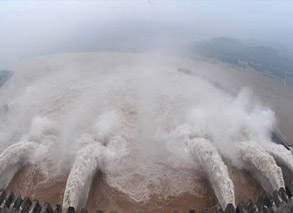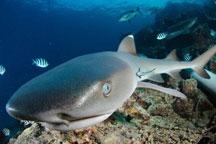Giant panda may have first offspring in southern hemisphere
2009-11-27 09:07 BJT
YA'AN, Sichuan Province, Nov. 26 (Xinhua) -- The endangered giant panda may have offspring in the southern hemisphere for the first time as two pandas are due to arrive in Australia Saturday from China for a 10-year stay.
The four-year-old male "Wang Wang" and three-year-old female "Fu Ni," to stay in Australia's Adelaide Zoo on a joint research program, are the first pandas to live in the southern hemisphere, said experts with the China Giant Panda Protection and Research Center that owns the pandas.
The pandas' breeder and Huang Yan, an engineer of the Chinese center, will accompany the pandas to Australia and stay there for two months to help them adapt to the new environment.
"Sound preparations have been made both in China and Australia," said Huang. "We have asked the Adelaide Zoo to install air conditioners in the pandas' cage and keep the temperature under 25degrees Celsius."
"Fu Ni", which means happy girl in Chinese, will enter full sexual maturity in 2012 while "Wang Wang" will also be in the reproductive period, Huang said.
"I think they will adapt to their new home soon and are expected to have cubs in two and a half years," he said.
The giant pandas from China have records of giving birth in foreign countries including the United States, Japan and Thailand.
Whether the change of environment would affect the panda's biological cycle, as it enters estrus in spring and gives births in the autumn in the northern hemisphere, is a research subject, he said.
Giant pandas, known for being sexually inactive, are among the world's most endangered animals due to shrinking habitat.
There are about 1,590 pandas living in China's wild, mostly in Sichuan and the northwestern provinces of Shaanxi and Gansu.

 Mail
Mail Share
Share Print
Print


 Video
Video









 2009 China Central Television. All Rights Reserved
2009 China Central Television. All Rights Reserved